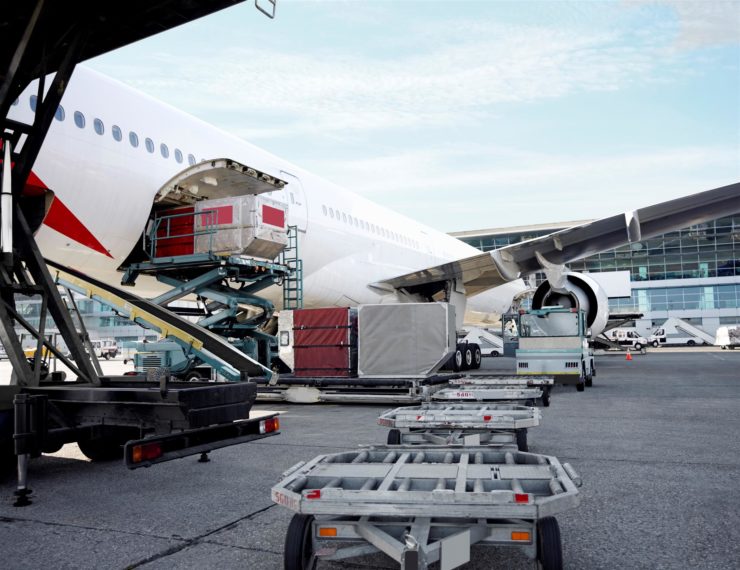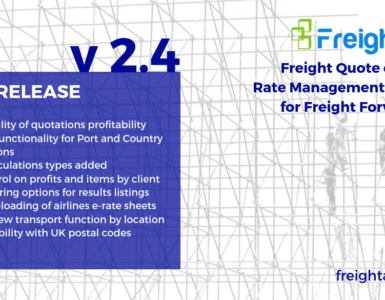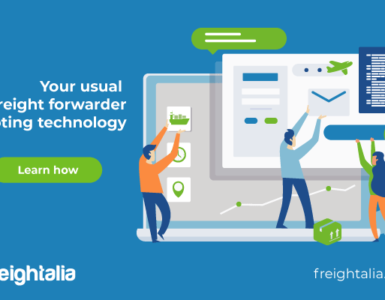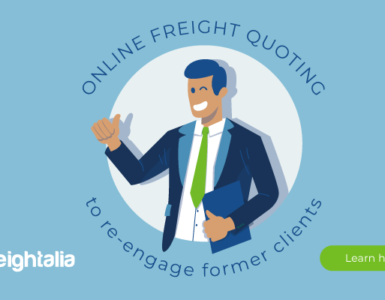The quotation that we prepare for our clients, exporters, importers and agents is the key to secure a business. Freight forwarders are aware of it, and know well that presenting a good quotation is crucial. However, in the rush to quote, the overload of requests too often leads us to commit certain errors. Let´s see the most common mistakes.
Error 1- Miscalculate charges
What salesperson hasn´t forgotten to include costs such as ISPS, WRS or port taxes among others? It is a common mistake and it could have an impact on the cost of the shipment file. This will either be passed on to the client or the freight company.
Error 2- Not matching currency conversions
It is not the same to quote US$1000 than CA$1000. The currency or Exchange rate we are quoting with is a key point, too many costs are already covered due to bank conversions rates, we must concentrate on this point to not aggravate the loses.
Error 3- Not itemizing services
It is worth breaking down all the services included in our offer so that the client can see that the quote is complete. If we give a bulk figure and our customer compares it to a cheaper competitor, the fact that our offer includes a complete service can go unnoticed.
Error 4- Using non-updated suppliers´ rates
Probably the most frequent error. There can be many reasons for this common mistake, that can leads us to either quote a higher price, which means that we could lose the business, or to quote cheaper, which means losing profitability on the occasion that the client accepts the offer.
Error 5- Not informing of the validity date
The tariffs of the sector have a short expiry date, depending on the case from 1 week to 1 month. To omit the validity date is a mistake that makes us look unprofessional for the client, who has made its valuations based on our prices, and who doesn’t want to hear that prices are no longer valid at the time of deciding to count on us.
Error 6- Not adding terms and conditions
To prepare an offer can take us a certain amount of time and paperwork with our suppliers, and at the end of the quotation process, we send the offer and forget to add the terms and conditions. Here important clauses can be included, such as extra costs for demurrage, un-included services, terms of liability etc. In case of an incident with the related shipment, this would be an error to seriously regret.
Error 7 – Failing to specify payment conditions
Whatever the payment terms and conditions that we offer our customer or agent, if we make the mistake of not specifying them in advance and in writing in our quote, it can lead to misunderstandings and unnecessary disputes.
Error 8 – Not sending a professional quote
Unfortunately, with the rush, working peaks and various pressures, we can end up sending offers that have not been formatted, numbered, dated, or with faults that can make our quote look unprofessional and unreliable.
Error 9- Sending the quote too late
While waiting for suppliers rates in order to present more options to the customer, too much time is consumed and if our competitors have managed to quote faster, it is most likely that we will lose the business. Most commonly, the client ends up accepting the offer that has arrived in the quickest time.
Error 10- Not being able to find the quote after sending
Sounds very bad, but this often happens. After our sales effort for quoting well, we have been successful and the client has accepted our offer. However, who presented the offer? Where is it stored? What edition is the correct one? What are the suppliers’ rates? We have lost the traceability of the offer and we must keep our fingers crossed that everything will go smoothly.
Until now, freight forwarders ingenuity with preparing combined Excel and Access sheets have been successful, with a lot of effort, in preparing professional, correct and successful quotes. The % of errors is subjective and directly related to the sales team training, workloads, and customers’ pressures.
Fortunately, there is a new alternative that makes it entirely possible for freight forwarders to automate their rates management and quoting process with a White Label platform. For more information, please visit Freightalia.




